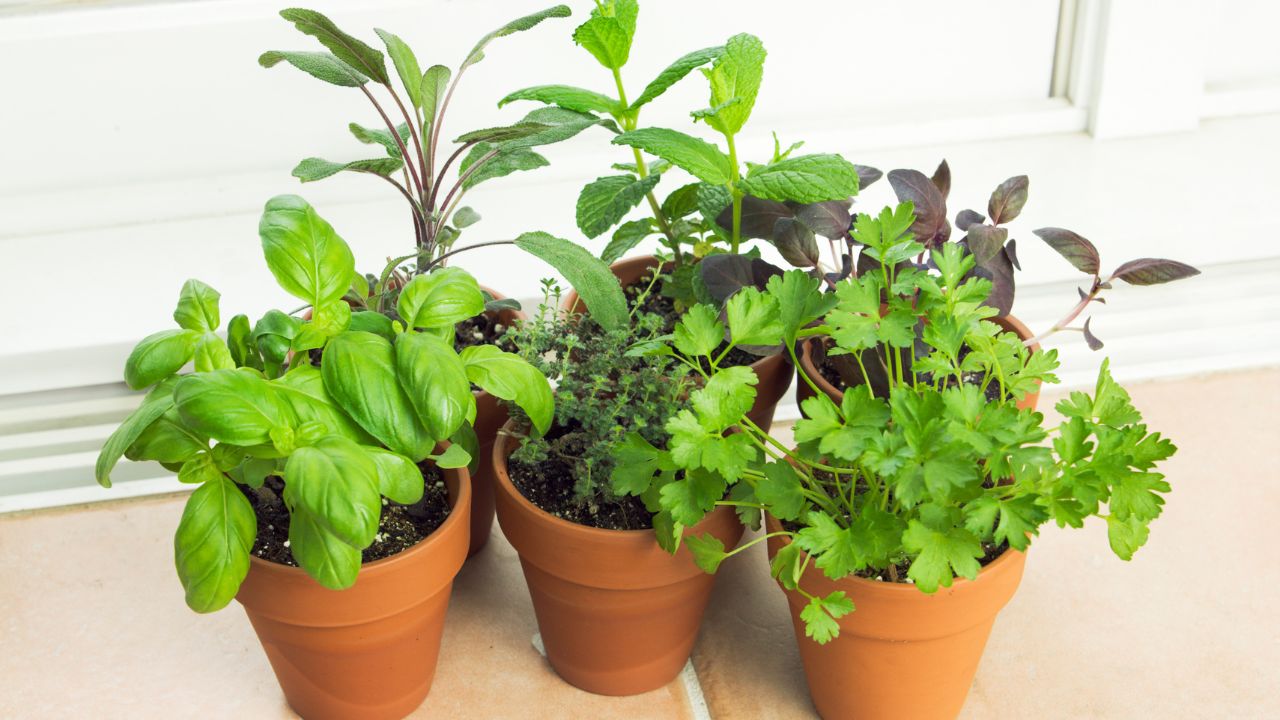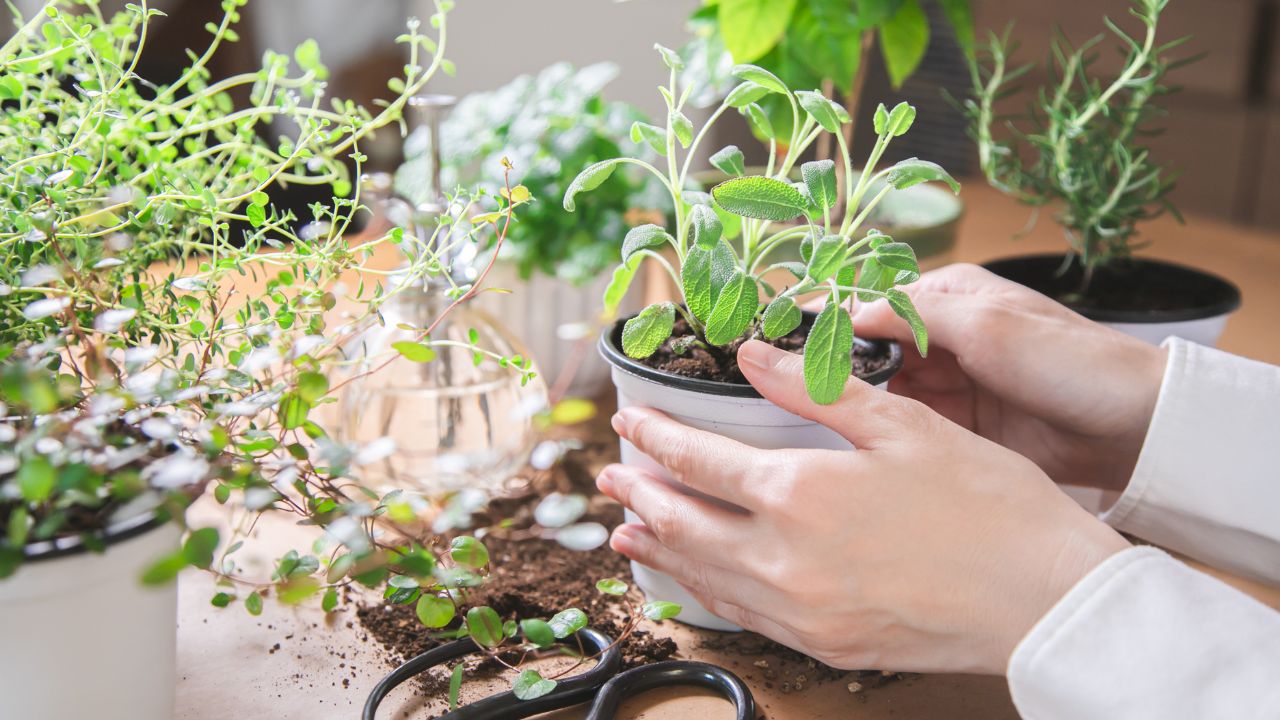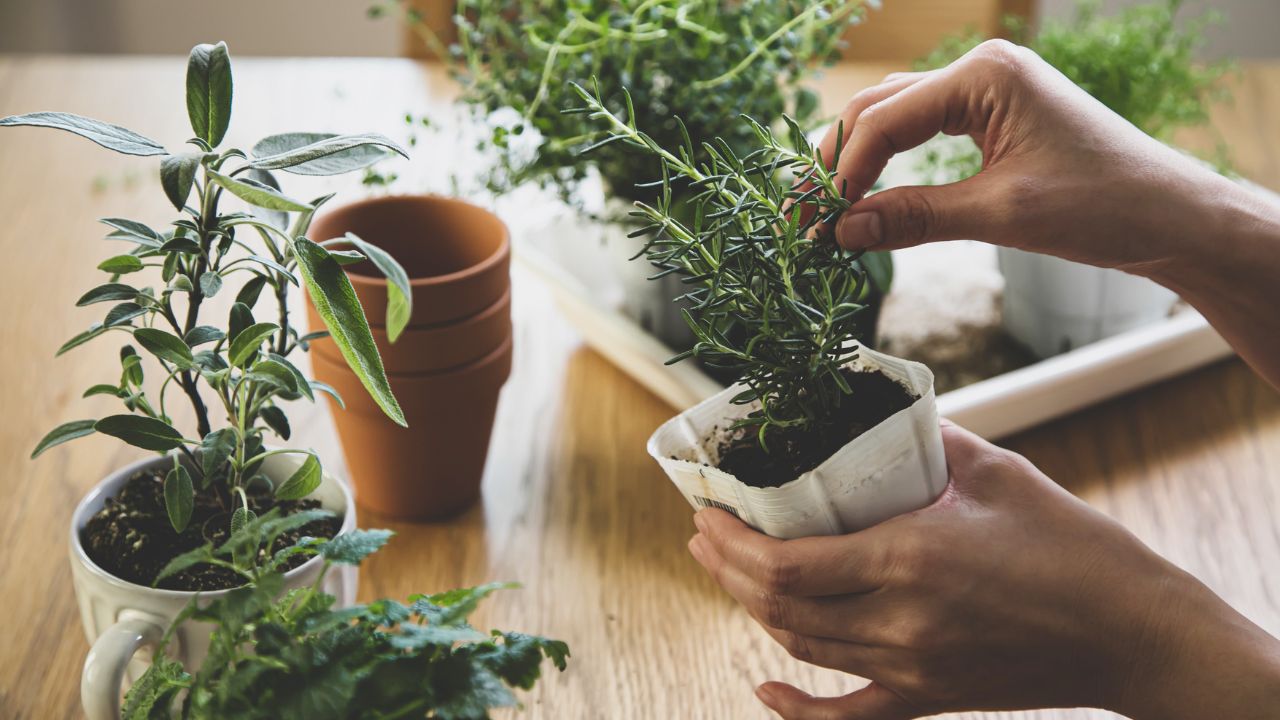Growing Herbs Indoors
Growing herbs indoors is a great way to have fresh ingredients for your cooking all year round. Popular herbs like basil, mint, rosemary, thyme, and parsley can grow well inside with the right care.
First, pick a sunny spot in your home since most herbs need at least six hours of sunlight each day. If your home doesn’t get enough natural light, you can use a grow light to help.
Use pots with good drainage holes to prevent the roots from sitting in water. Fill the pots with good-quality potting soil. Water the herbs regularly, but don’t overdo it—let the soil dry out a bit between watering to keep the roots healthy.
Herbs also like moderate humidity. You can mist the plants with water or use a humidifier to keep the air just right. Pruning, or cutting back the herbs, helps them grow better and gives you more leaves to use.
Growing herbs indoors not only gives you fresh flavors for your meals but also adds a nice green touch and pleasant smell to your home. It’s a fun and easy project for anyone who loves cooking and gardening.
10 Herbs You Can Grow Indoors

Basil
Planting: Basil needs plenty of sunlight, about 6-8 hours a day. Use a pot with good drainage and high-quality potting soil. Water regularly, keeping the soil moist but not waterlogged.
Care: Pinch off the tops regularly to encourage bushy growth and prevent flowering.
Mint
Planting: Mint is a hardy herb that does well in partial sunlight. Plant in a wide, shallow pot as it spreads quickly. Use well-draining soil and keep it evenly moist.
Care: Trim regularly to control its spread and promote new growth.
Rosemary
Planting: Rosemary prefers full sun and well-drained soil. Use a terra-cotta pot to help prevent overwatering.
Care: Allow the soil to dry out between waterings. Prune regularly to keep the plant compact.
Thyme
Planting: Thyme needs 6-8 hours of sunlight daily. Plant in well-draining soil and a pot with drainage holes.
Care: Water sparingly, allowing the soil to dry out between waterings. Trim stems often to encourage growth.
Parsley

Planting: Parsley does well in bright, indirect light. Use a deep pot and rich, well-draining soil. Water regularly.
Care: Harvest leaves from the outer part of the plant to encourage new growth from the center.
Cilantro
Planting: Cilantro needs plenty of sunlight and well-draining soil. Use a deep pot for its long taproot.
Care: Water regularly but ensure the soil is not soggy. Harvest frequently as it has a short life cycle.
Chives
Planting: Chives need about 6 hours of sunlight each day. Plant in well-draining soil in a pot with drainage holes.
Care: Water consistently to keep the soil moist. Cut the leaves down to about 2 inches above the soil to encourage new growth.
Oregano
Planting: Oregano prefers bright light. Use well-draining soil and a pot with drainage holes.
Care: Water when the soil is dry to the touch. Prune regularly to keep the plant bushy and productive.
Sage
Planting: Sage needs full sunlight and well-draining soil. Use a pot with good drainage.
Care: Let the soil dry out between waterings. Prune the plant to encourage new growth and prevent it from getting leggy.
Lemon Balm

Planting: Lemon balm prefers partial sunlight. Use rich, well-draining soil in a pot with drainage holes.
Care: Keep the soil moist but not waterlogged. Trim the plant regularly to control its growth and encourage bushiness.
Growing these herbs indoors not only provides fresh ingredients for your cooking but also brings a bit of nature inside your home. With the right care and conditions, you can enjoy these herbs year-round.